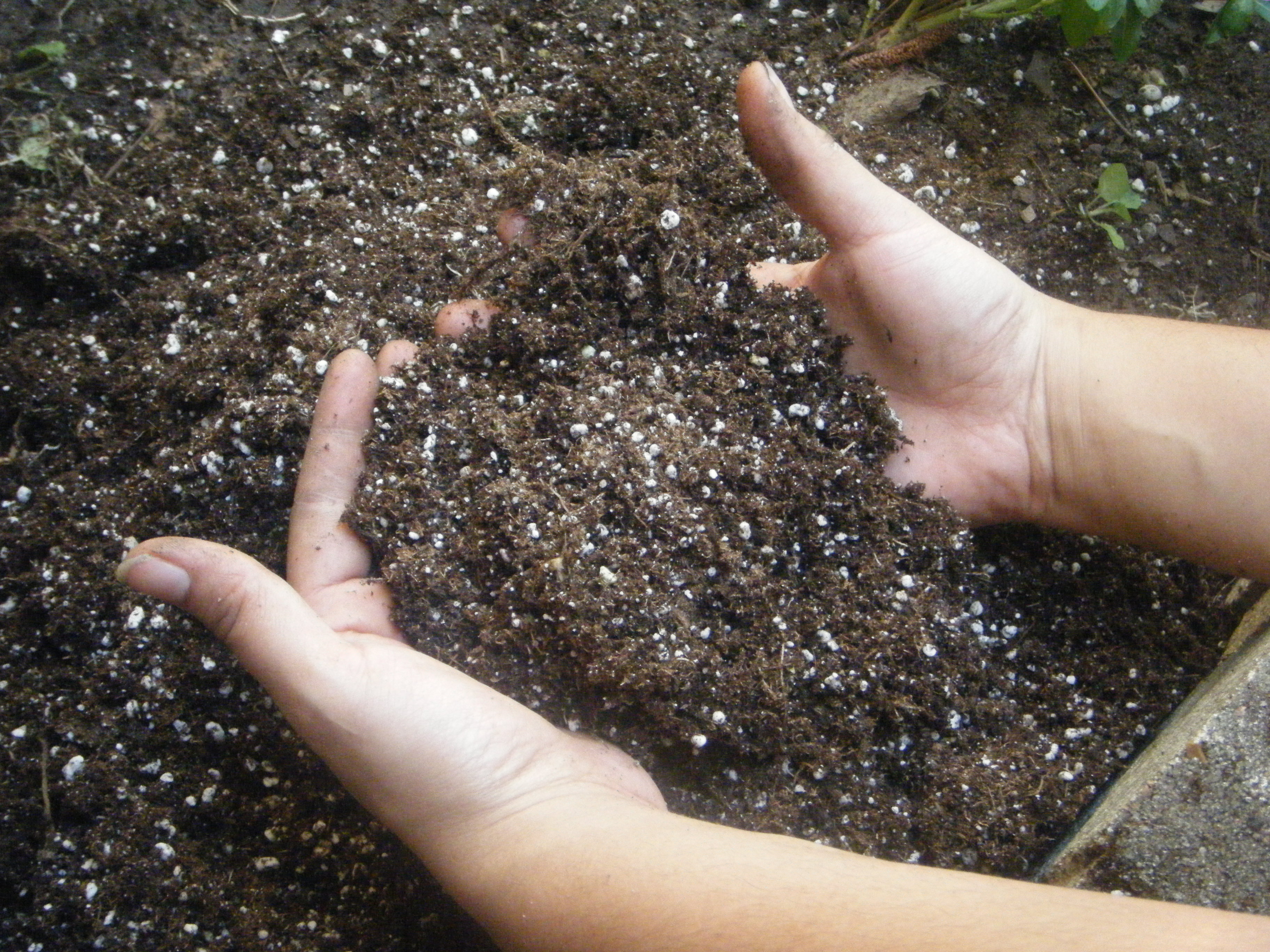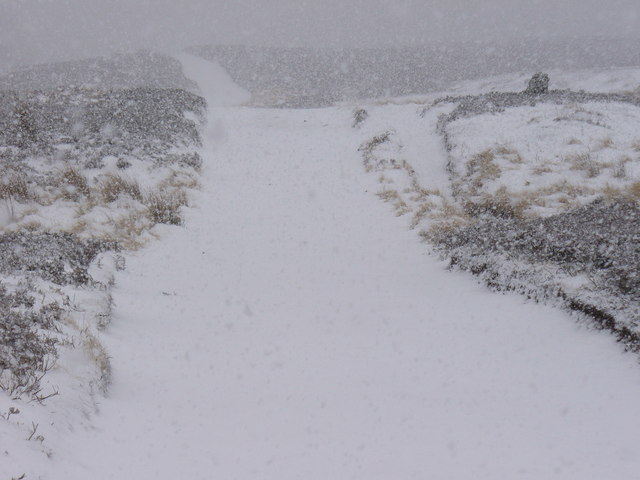
Summary: This week we were working on our carbon footprint for the charity fair and we worked on our cost a bit too. 2 of our resources are the same but I'm pretty sure the rest has a different total of CO2 but the 2 resources total of CO2 is 7,418,510. We are doing two things for the charity fair and those two things are origami and rice crispies. The two resources that are the same is the paper that we're using to make the origami and the ones that are different are the rice crispies. The two resources that are the same are made in Vietnam and Vietnam from San Jose is 12,262 km.
SP5: Using mathematics and computational thinking
In science, mathematics and computation are fundamental tools for representing physical variables and their relationships. They are used for a range of tasks such as constructing simulations; statistically analyzing data; and recognizing, expressing, and applying quantitative relationships. Mathematical and computational approaches enable prediction of the behavior of physical systems along with the testing of such predictions. Moreover, statistical techniques are also invaluable for identifying significant patterns and establishing correlational relationships.
Did you perform any math calculations?
We made math calculations in the carbon footprint because we had to add distance from origin, Quantity needed for 1000 kilograms of product (kg), and g of CO2 generated by likely mode of transport. When you add these 3 things you get the total number of CO2.




